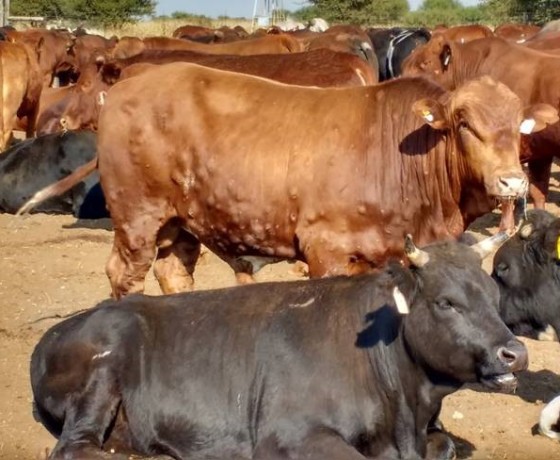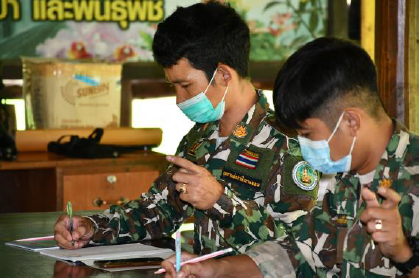Project name: Khao Laem: Tiger Conservation Survey (Freeland)
Location: Khao Laem National Park
Goal: Understanding Khao Laem’s current tiger population and degree of connectivity with other tiger populations within Western Thailand is an important step toward informing and facilitating landscape-scale recovery.
Objective 1: Improving knowledge of tigers, prey and threats in KLNP and adjacent areas
Objective 2: Mentoring capacity in DNP staff to manage and analyse data to foster a greater understanding of threats and forest connectivity. Supporting additional wildlife surveys, and supporting field-based data collection and mentoring enhanced data entry and interpretation.
Objective 3: Reducing specific threats to tigers, including cattle grazing within the park
Background:
Thailand is one of the last strongholds for the Indochinese tiger (Panthera tigris corbetti). Through effective management, the Western Forest Complex (WEFCOM) supports the largest single population of tigers remaining in mainland Southeast Asia. Understanding Khao Laem’s current tiger population and degree of connectivity with other tiger populations within Western Thailand is an important step toward informing and facilitating landscape-scale recovery. WEFCOM integrates 17 protected areas and includes the pristine Thung Yai-Huai Kha Kheng World Heritage site. As tigers are naturally increasing young tigers are starting to disperse to adjoining protected areas.
In 2016 this project initiated surveys in Khao Laem National Park (KLNP) as reports indicated tigers were possibly present. This national park was previously overlooked due to a large area inundated by a reservoir, but now evidence confirms there is a resident tiger population. Continuing tiger, prey and threat surveys confirm Khao Laem is both critical as a connecting wildlife corridor between the upper and lower sections of the Western Forest Complex and supports its own breeding tiger population.
Between 2019-22, a series of surveys carried out with financial assistance from WildCats, clearly demonstrated the importance of the site as a breeding population. Freeland is now initiating a wider array of tiger conservation activities through support and capacity building in the National Park to ensure the site continues to operate as a functioning tiger reserve and increase protection to accelerate the tiger population recovery. The ongoing work involves identifying and mitigating known threats, introducing measures to further raise institutional capacity and engaging communities in poaching hotspots through outreach.
Improved protection in tandem with community awareness will foster a safer environment for tigers and prey at Khao Laem.




